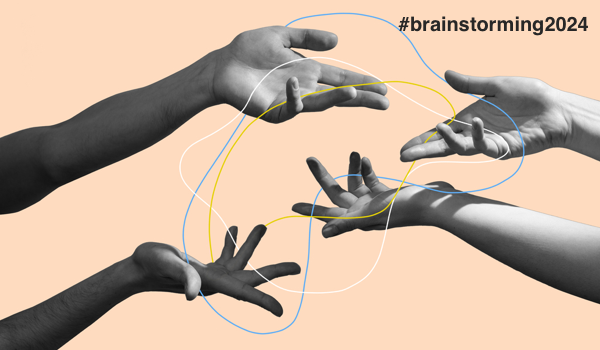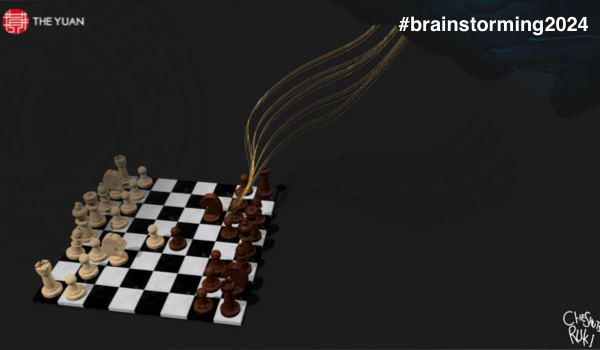


MUMBAI - Of the more than USD4 trillion that the United States spends on healthcare ever year, what does it spend the most on? Harvard Economics Prof David M. Cutler, a key advisor to both Presidents Obama and Clinton, begins his March 2020 paper1 for the Brookings Institution’s The Hamilton Project economic policy initiative with the startling fact that administrative costs account for over a quarter - and possibly as much as two-thirds - of this amount, i.e., twice as much as what the US spends on heart disease or three times the amount spent on cancer.
Trillions of dollars spent on paperwork every year is simply Kafkaesque. Fortunately, as Cutler points out, this need not be the case. Many solutions are at hand to help address this, the newest being artificial intelligence (AI).
When one thinks of AI in healthcare, one of the first things that comes to mind is how lives can be saved by the miraculous cures AI promises, from precision medicine to personalized care. One never even realizes how AI can also save hundreds of billions of dollars spent on the badly managed administrative functions of medicine and healthcare.
Why AI curing diseases is still some way away
The promise of AI lies in the diagnosis, detection, and cure of diseases. One often reads about how AI is better at detecting cancers, COVID-19, and tuberculosis from mere X-rays, solving the protein folding problem, and discovering drugs. Such accomplishments have indeed been done, but the mass-scale adoption of most of these solutions is still years away, if not decades. The reason for this is simple: medicine is a highly regulated field. Agencies like the US Food and Drug Administration, Public Health in the European Union, the Central Drugs Standard Control Org
The content herein is subject to copyright by The Yuan. All rights reserved. The content of the services is owned or licensed to The Yuan. Such content from The Yuan may be shared and reprinted but must clearly identify The Yuan as its original source. Content from a third-party copyright holder identified in the copyright notice contained in such third party’s content appearing in The Yuan must likewise be clearly labeled as such. Continue with Linkedin
Continue with Linkedin
 Continue with Google
Continue with Google









 1181 views
1181 views








